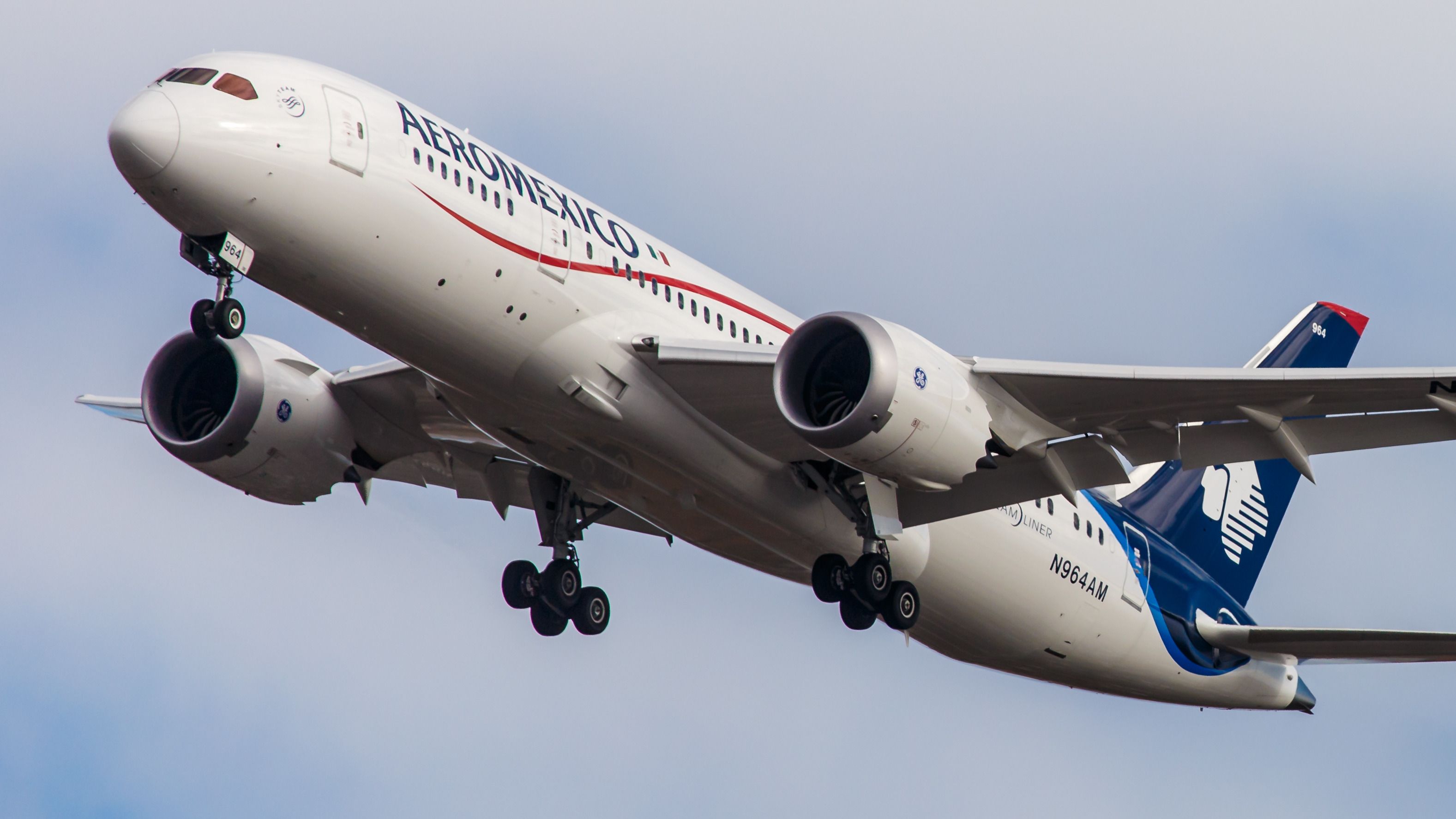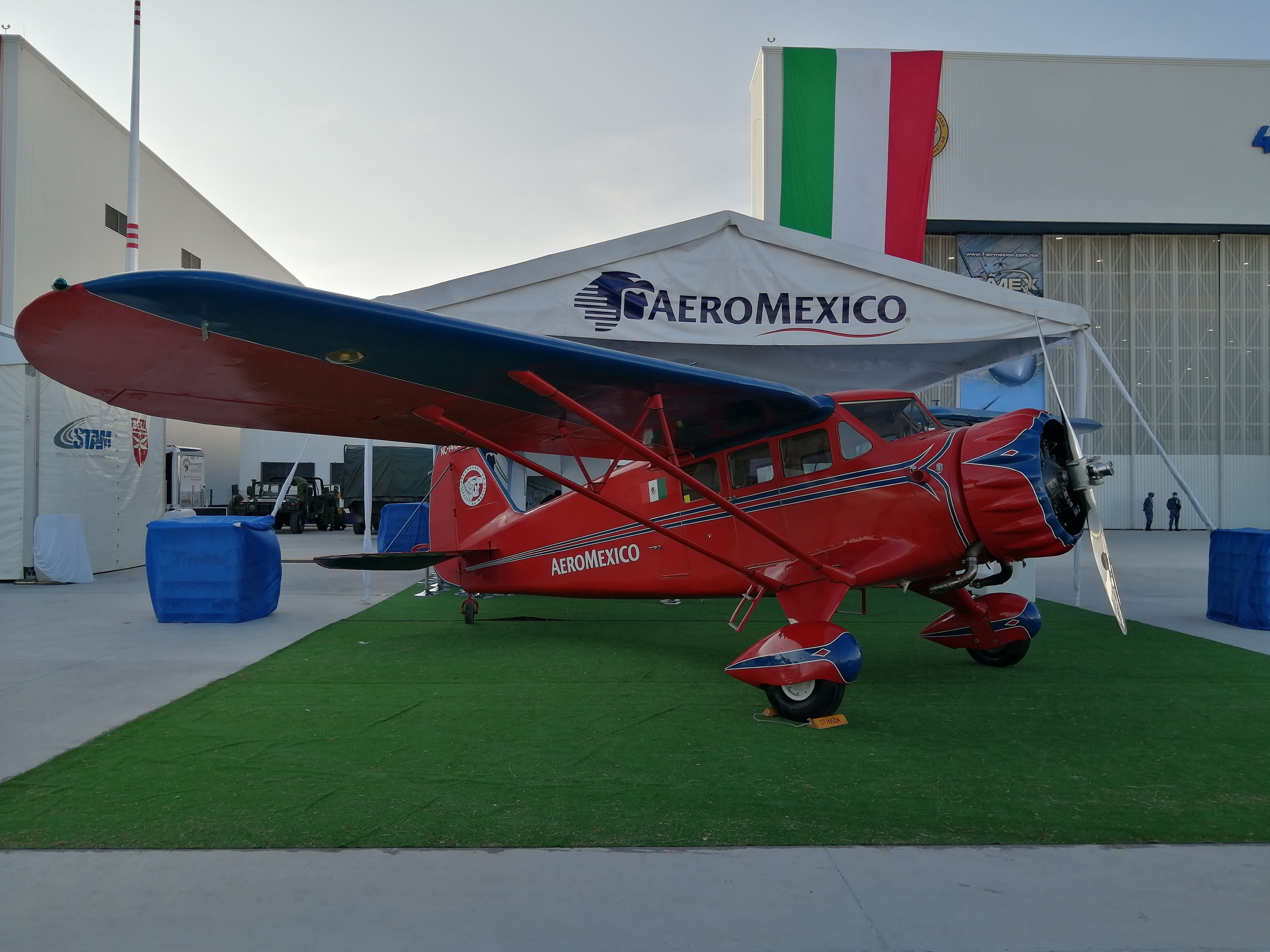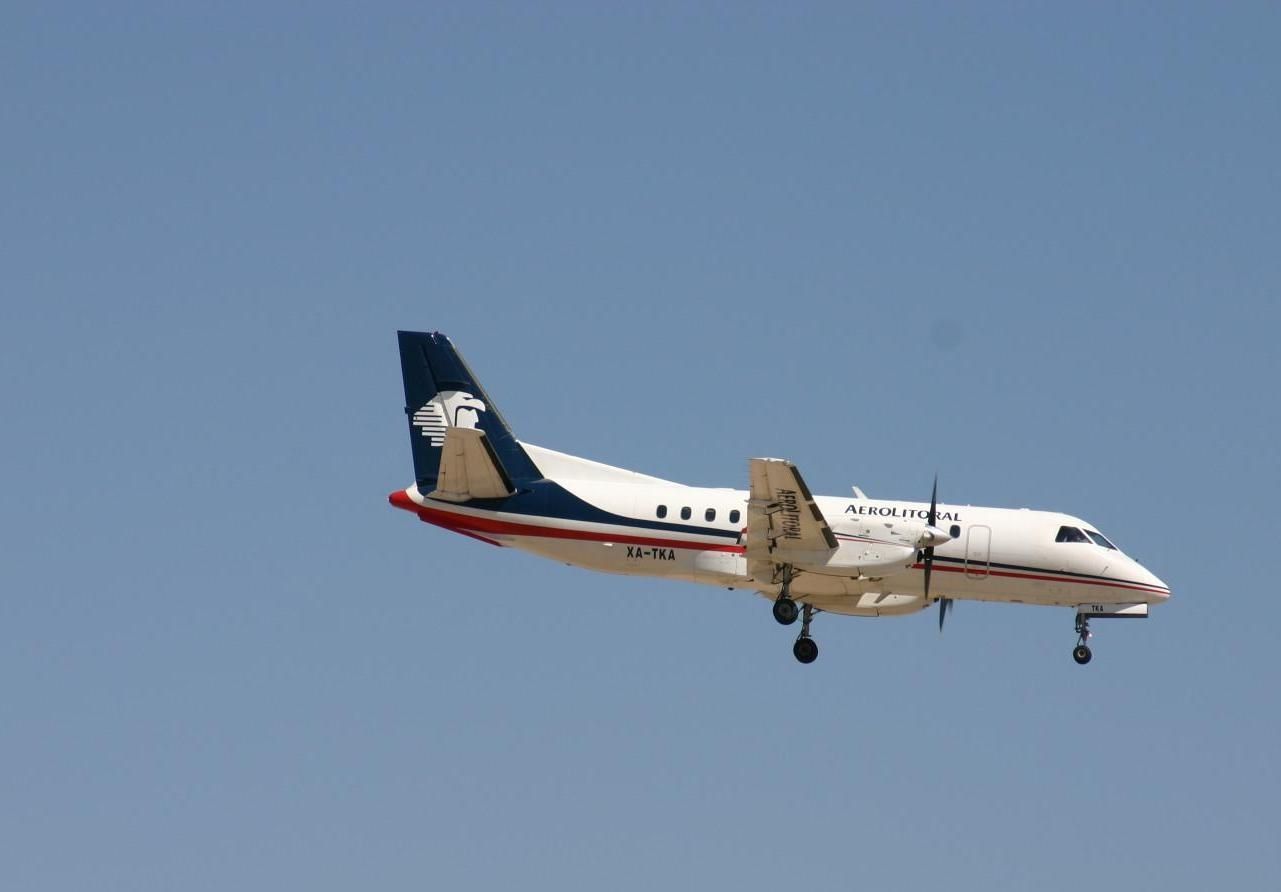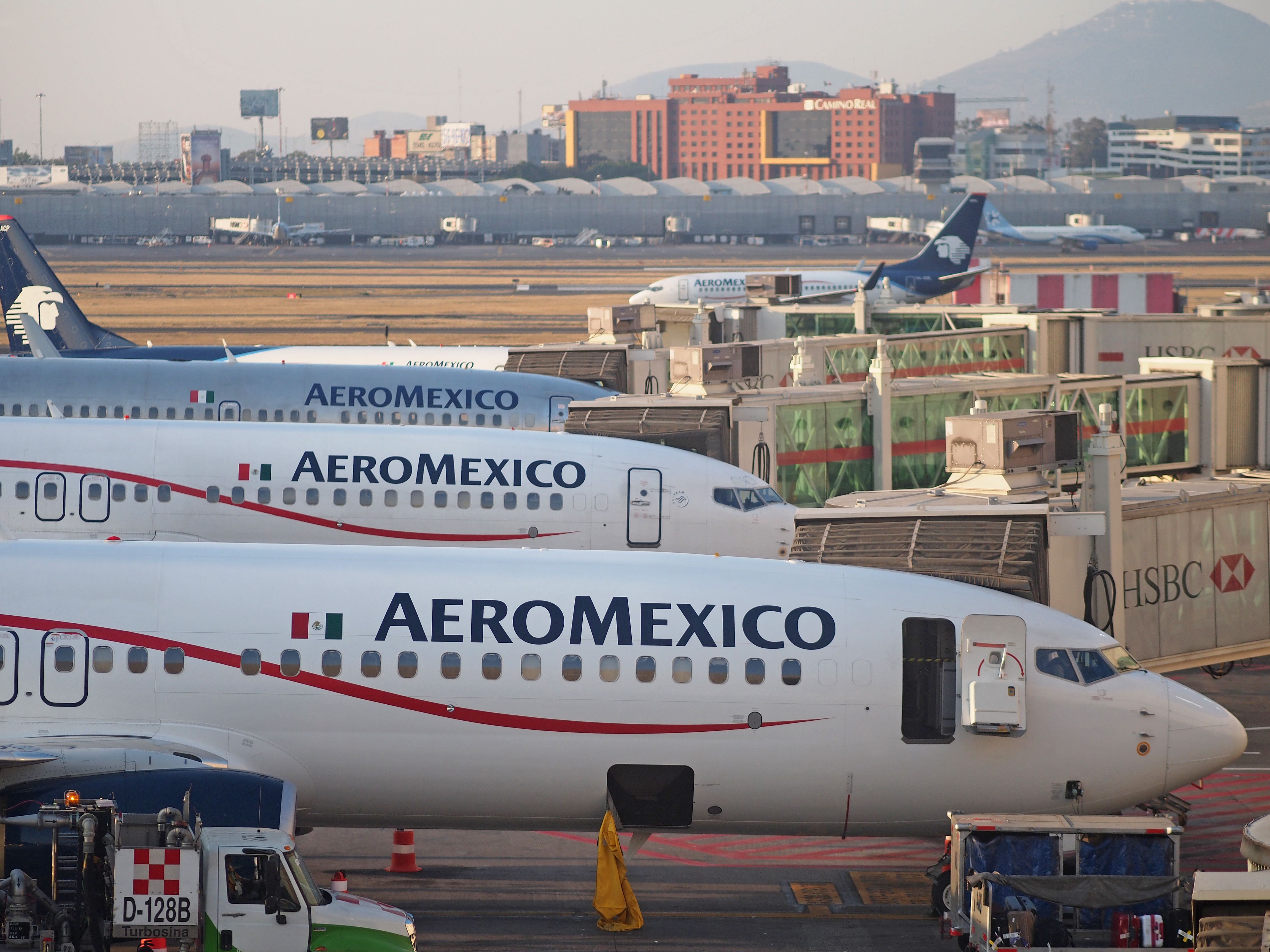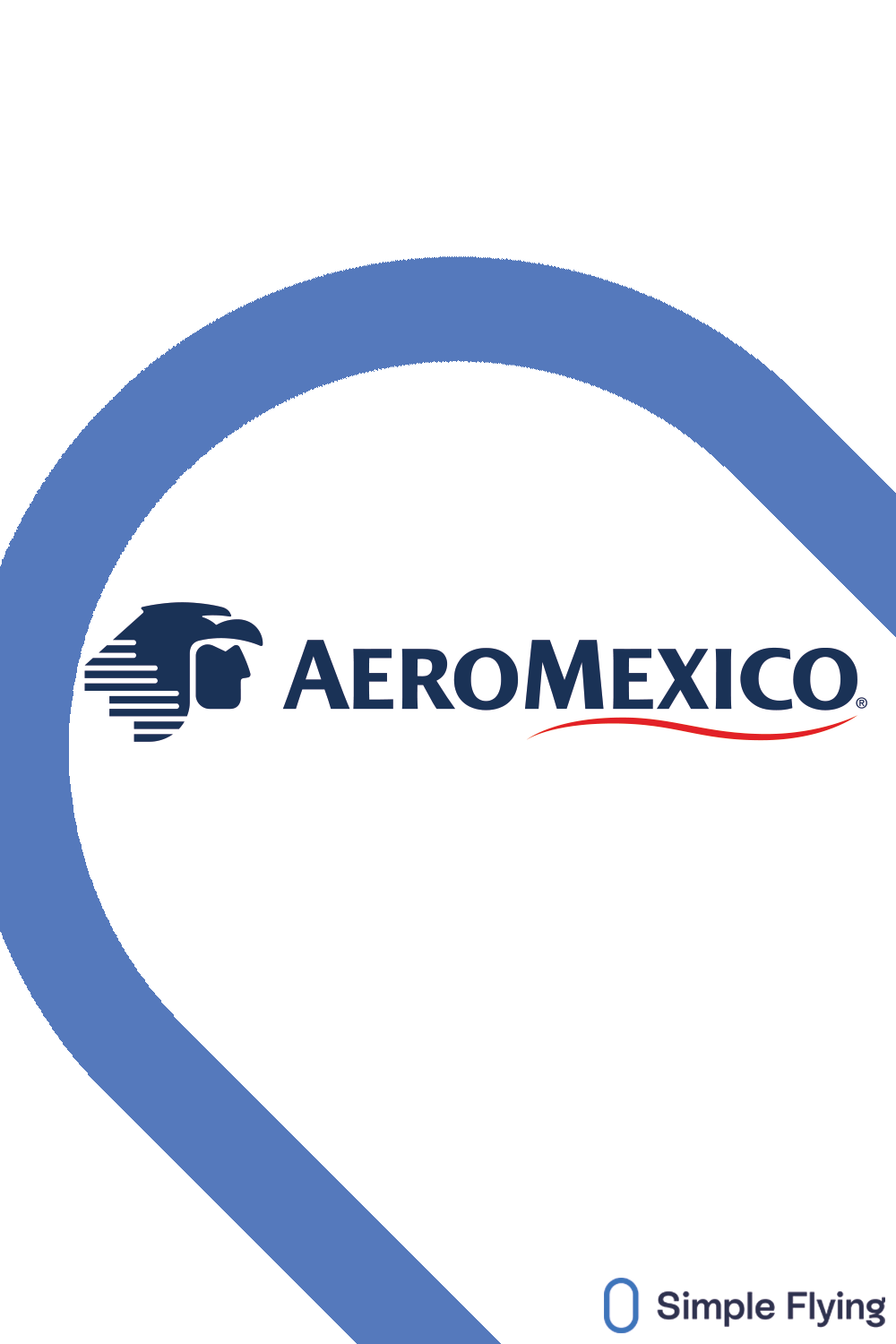Summary
- Aeromexico’s fleet has evolved significantly since its inception in 1934, starting with a single Stinson SR aircraft.
- The airline expanded internationally after World War II, introducing the Bristol Britannia 302 and later adding McDonnell Douglas planes.
- Although Aeromexico didn’t become a Boeing customer until the 1990s, it has become one of the top 737 customers in Latin America.
Aeromexico is one of Latin America’s oldest airlines. It started flying in 1934 with a single Stinson SR aircraft between Mexico City and Acapulco. Nowadays, it has over 150 airplanes, with more coming in future years. It is a well-known Boeing customer in the region. But how has its fleet looked throughout the years? Let’s investigate further.
Looking at Aeromexico’s first fleets
During the first 15 years of its history, Aeromexico was a small carrier operating mainly in Mexico. There is not much information available regarding these first years.
Nevertheless, in 2016, Aeromexico proudly remembered the flights of its first-ever aircraft, the Stinson SR-5A, registration XB-AJI. This plane, built in May 1934, flew from Kansas City to Mexico City over a three-day journey. Then, Aeromexico operated its first flight between Mexico City and Acapulco. Onboard, there were three cabin crew members and two passengers for this inaugural flight. Besides Acapulco, the Stinson also flew to other Mexican cities like Tehuacan, Puebla, Ometepec, and Oaxaca, said Aeromexico.
In addition to the Stinson SR, it also had a Bellanca. Interestingly, Aeromexico still owns its historic Stinson. It has been restored and is often on display at different events, such as Mexico’s FAMEX in 2021, where I photographed it.
The carrier explained how the Stinson was restored,
"The Stinson SR-5A landed in Santa Lucía, State of Mexico, on June 3, 2016. The Mexican Air Force and the Aeroméxico engineering team had to search for the safety manuals and conduct manual tests on the parts. It was sanded to remove the cream color it was painted with, the exterior was washed with hot water under pressure, and finally, the paint was applied in several layers."
Aeromexico’s international reach
After World War II, Aeromexico started to grow internationally. By 1955, the airline already had a fleet of 15 airplanes, mainly DC-3 and DC-4 units. In 1957, Aeromexico held its first international flight using a Bristol Britannia 302 aircraft. It flew from Mexico City to Los Angeles and then from Mexico City to New York.
Stay informed: Sign up for our daily and weekly aviation news digests.
The Britannia was a four-engine, turboprop plane that could fly at a cruise speed of 372 miles per hour (600 km/h). Aeromexico had two Britannias, one registration XA-MEC and the other XA-MED. In 1959, the Mexican Government nationalized Aeromexico for the next thirty years. In 1988, Aeromexico went bankrupt and disappeared for six months before its rebirth as a private company again.
During the next three decades, Aeromexico added McDonnell Douglas planes, like the DC-6 and DC-8. They allowed the airline to increase its international reach. At one point, the carrier considered getting a few Boeing 747s but opted for the DC-10.
The Boeing and the Embraers
Unlike what many may assume based on its current fleet, Aeromexico wasn’t a Boeing customer during the seventies or eighties. It wasn’t until the 1990s that the airline received its first Boeing aircraft. In 1991, Aeromexico received a Boeing 767-200ER. Between 1991 and 2015, Aeromexico had up to 16 Boeing 767s.
Aeromexico had many narrowbody planes throughout these years. For instance, it had Metro III and Saab 340 turboprops (pictured above) that eventually were replaced by the first Embraer ERJ145 in 2004. This launched a new history between Aeromexico and the Brazilian planemaker Embraer. The ERJ 145 fleet left the company entirely in 2017. Last year, Aeromexico phased out its Embraer E175 fleet, and it currently has 47 examples of the E190.
Meanwhile, in 1995, Aeromexico received its first Boeing 757, and in 2003, its first Boeing 737-700 as a replacement for its DC-9s. Since then, Aeromexico has been one of Boeing’s top 737 customers in Latin America.
Aeromexico had four B777-200s between 2006 and 2018. In 2012, Aeromexico signed one of its most significant orders ever, purchasing up to 20 Boeing 787 Dreamliners and 90 737 MAX units.
What does Aeromexico fleet currently look like?
Aeromexico underwent a Chapter 11 bankruptcy process between 2020 and 2022. During that period, the Mexican carrier rejected some leasing contracts and reduced its fleet at some point before accepting deliveries of new planes. As of October 30, 2023, Aeromexico has a fleet of 153 aircraft, according to data from ch-aviation.
The firm has 133 narrowbodies and 20 widebodies. Aeromexico Connect, the regional branch of the company, operates 42 Embraer E-190 aircraft. Meanwhile, Aeromexico operates five Boeing 737-700s, 35 Boeing 737-800s, 33 Boeing 737 MAX 8s, 18 MAX 9s, as well as eight Dreamliner 8s, and 12 Dreamliner 9s.
Per ch-aviation, Aeromexico still expects to receive six additional MAX 9s and two Dreamliner 9s in the future. Additionally, it has long been rumored the airline is set to renew its Embraer fleet, with the E2 and the Airbus A220 families being suggested as options for the Mexican company. In fact, Airbus, partnering with SWISS, visited Mexico in 2022 (as well as other Latin American countries) as the European OEM looks to gain its first A220 customer in the region.
What’s your favorite Aeromexico airplane? Let us know in the comments.
Source: Aeromexico

